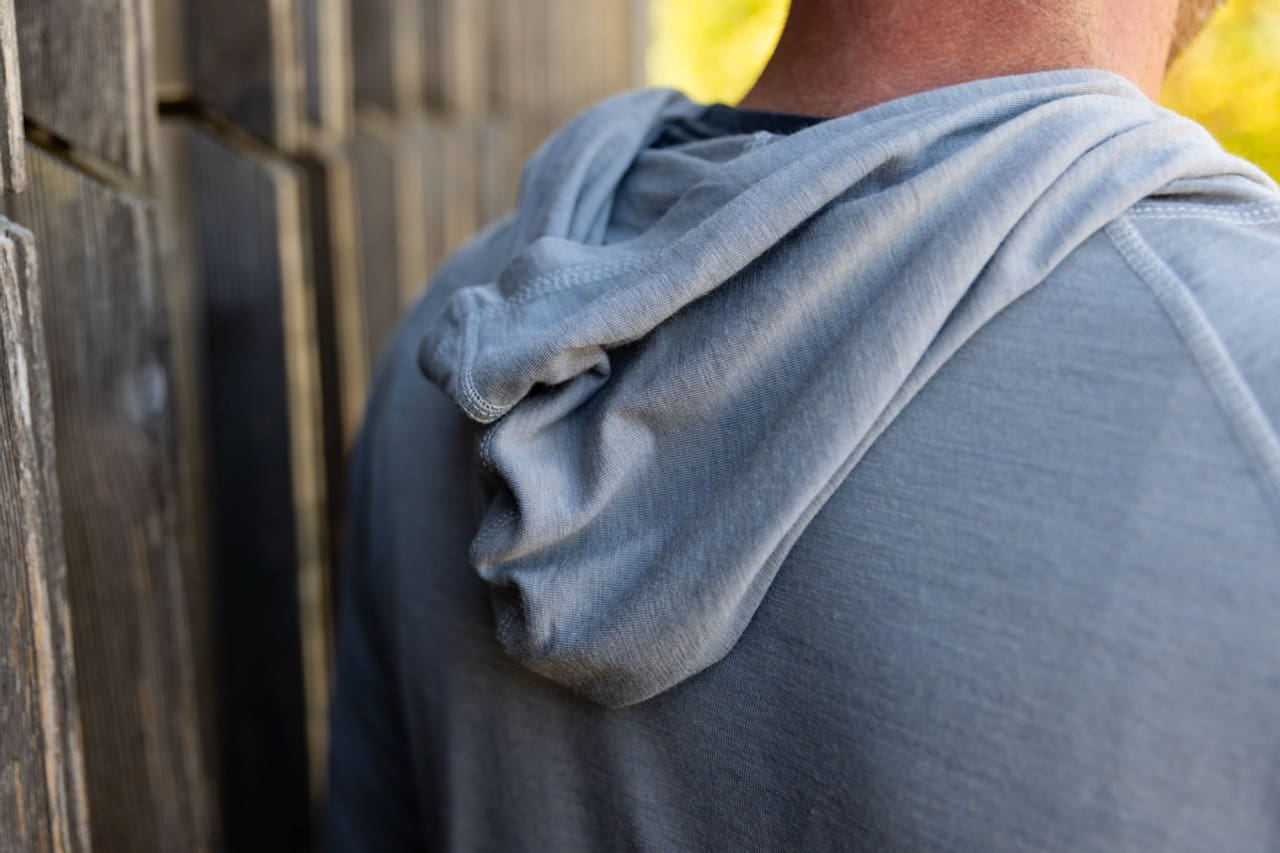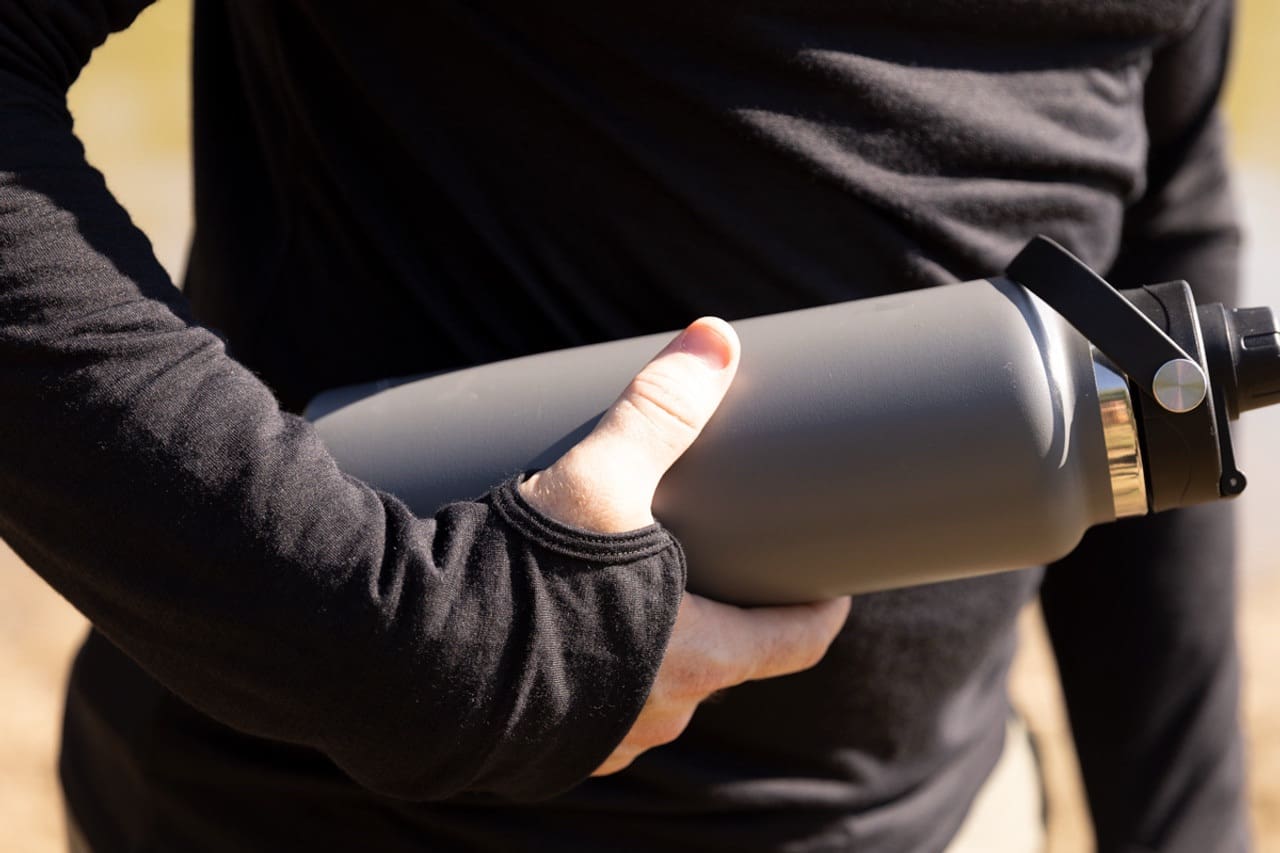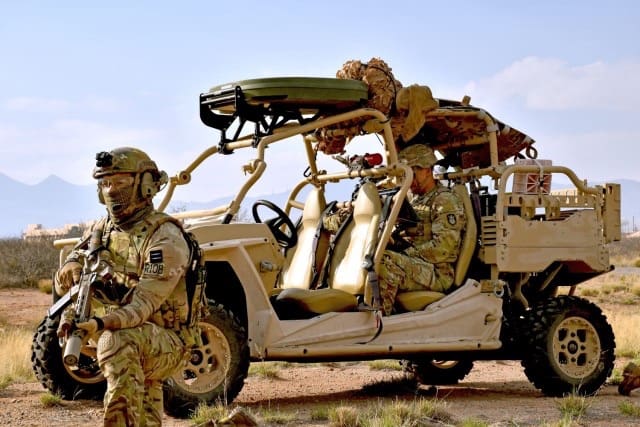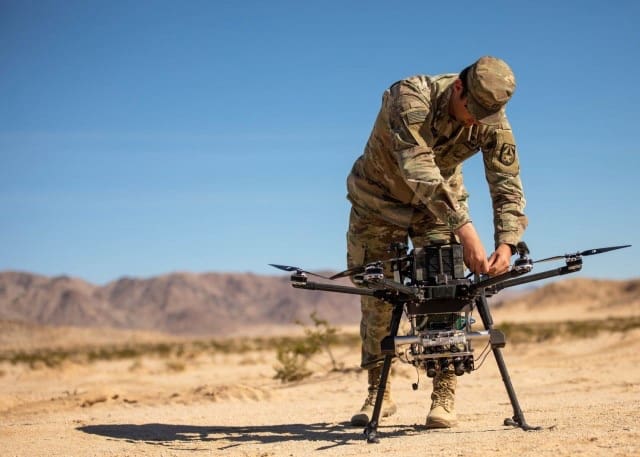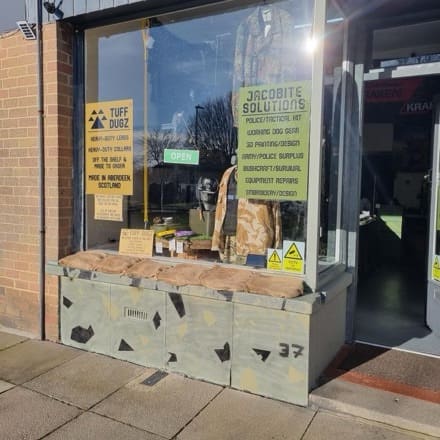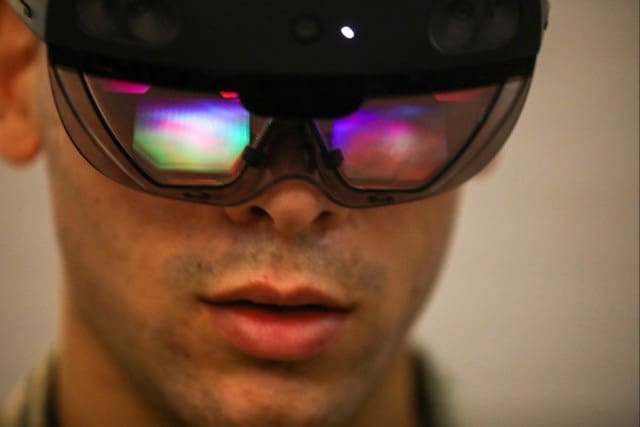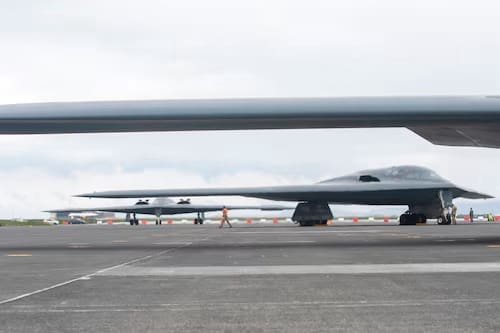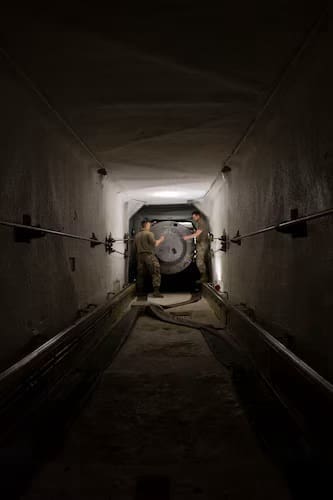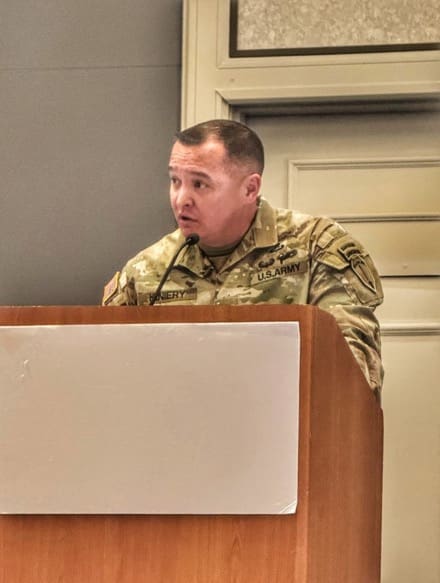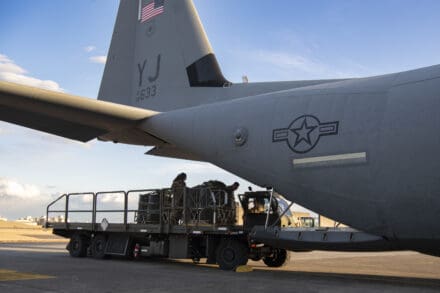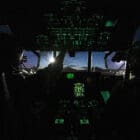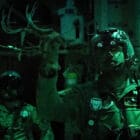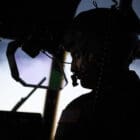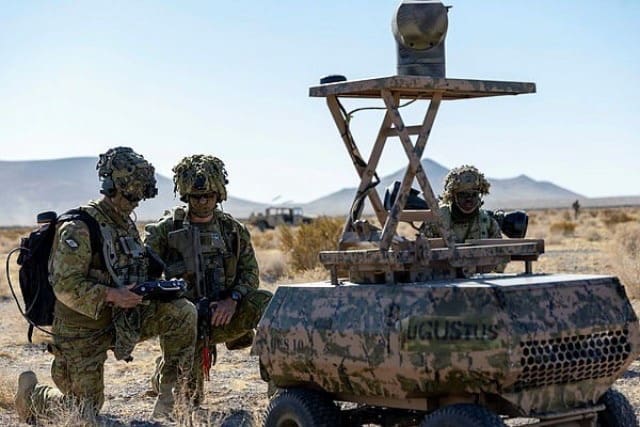
FORT IRWIN, Calif. (March 11, 2025) – The Army’s Next Generation Command and Control effort is reaching a critical milestone at Project Convergence Capstone 5, where commanders and Soldiers are employing new capabilities in realistic mission scenarios and conditions.
Next Generation Command and Control, known as NGC2, aims to provide the integrated information framework that commanders need to make rapid decisions across warfighting functions, giving them an edge over adversaries. NGC2 will also enable Army tactical units to operate faster and more dispersed by providing lighter, more mobile and survivable network and C2 equipment.
“What we’re trying to do is take these emerging technologies where we can get this data better and faster to execute,” said Lt. Col. Tad Coleman, commander of the 2-37 Armor Battalion, 1st Brigade, 1st Armored Division (1/1 AD). “The technology in Next Generation C2 is the stuff a majority of people are seeing and already doing (in their daily lives). It’s just that now, it’s at the fingertips of the commander.”
After a year of NGC2 technical experimentation in lab and field environments, the Project Convergence Capstone 5 (PCC5) experiment taking place within the operational rigors of the National Training Center is serving as a “proof of principle” for the Army to assess progress with the approach before transitioning to prototyping.
NGC2 is focused at the 3-star headquarters and below to provide a “full stack” of capabilities from applications to edge compute and tactical communications links. At PCC5, the 1/1AD, 82nd Airborne Division, and 18th Airborne Corps are utilizing elements of NGC2 experimental capabilities to execute offensive and defensive operations at speed, scale, and distance, attempting to achieve shared understanding of the battlefield and improve decision-making at all echelons.
Although early in the experiment, Soldiers and leaders at PCC5 said they saw the value of NGC2 in providing faster communications, smaller form factors, more complete data across warfighting functions, and ease of training and use as compared with legacy systems.
“It is really good information that is passed a lot faster,” said Staff Sgt. Paul Johnson, a section sergeant in Alpha Company, 2-37 Armor Battalion.
At PCC5, NGC2 experimental technology – including applications, data infrastructure, software, and hardware such as tablets, end user devices, and mobile communications equipment – has been integrated onto the armor battalion’s tactical vehicles, as well as brigade, division, and corps nodes. However, Army officials emphasized that the equipment at PCC5 is not a final product, and solutions will continue to evolve based on upcoming prototype contract awards and continuous iteration of requirements and user input.
The ability to avoid vendor lock, and flexibility to make quick changes to functionality based on Soldier needs, are key Army priorities in developing the NGC2 approach. Even ahead of PCC5, Army Futures Command made updates based on Soldier feedback received from 1/1 AD at a touchpoint in January.
“We were able to generate more Soldier feedback, and since we’ve been out here (at Project Convergence) we’ve actually seen a lot of that integrated and incorporated,” said Capt. Nathan Kraemer, brigade AS3 (operations officer), 1/1 AD. “It’s very intuitive, the functionality of it. That really opened our eyes, and everyone was excited to use this. Now, we are just seeing how it can contribute, take effect, and change the way we fight.”
Breaking down information siloes and stovepipes across warfighting functions, locations, and echelons for a common understanding of the battlefield has the potential to significantly change operations, users said.
“I fully believe that you cannot win any war without communications,” said Sfc. Victor Norman-Morris, a communications section chief in 2-37 Armor Battalion. “I don’t care if it’s bullets, logistics – if you can’t talk to whoever you’re trying to, to get whatever you need, you’re not going to be able to do it. At every echelon, everybody (must be) able to talk and sync and be on the same page so we can continue moving forward and completing our missions successfully.”
For example, Sfc. Joshua Holland, a platoon sergeant in Alpha Company, 2-37 Armor Battalion, said using NGC2 at PCC5 enabled him to gather more real-time data to “paint a picture” of the battlefield that provided greater situational awareness to his platoon leader.
“She can control everything that she has to control, and I can continue to paint that picture, and the system I’m [using] right now is making it a lot easier to do that in a quicker time,” Holland said. “You can get a visual image of something and simultaneously share that with your counterparts. Even if it’s something simple like sending a message saying, ‘Hey, can you see this?’ and you share it and it’s an immediate response back and forth.”
Project Convergence is the Army’s premier experimentation event that brings operational units and industry teams together in a complex real world operational environment to test ideas, concepts, and promising technology. The lessons and observations captured during PCC5 will directly inform Army decisions to refine requirements documents, prioritize funding, and invest to accelerate promising technologies.
For NGC2, the operational feedback received through PCC5 will inform updates to requirements including the Capability Characteristics of Need (CoN) document, which is consistently updated to reflect the evolving needs of the warfighter and technology progress.
NGC2 is executed in partnership by the Army Futures Command (AFC) and the Assistant Secretary of the Army for Acquisition, Logistics and Technology (ASA(ALT)). The AFC product owner and ASA(ALT) program manager will work together to plan and rapidly execute capability drops in concert with the operational force.
By Claire Heininger, U.S. Army Futures Command C2 CFT


